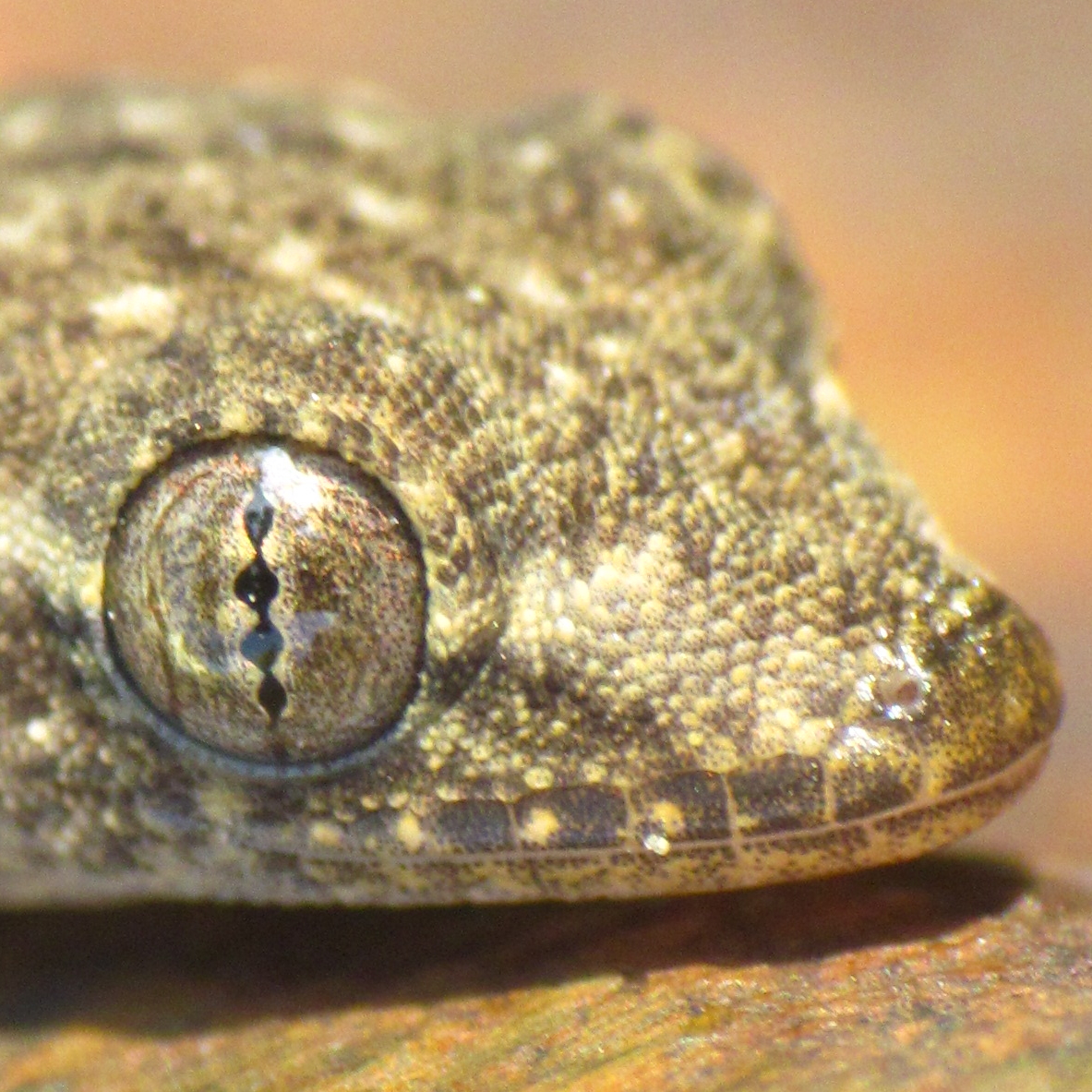
I came across this spectacular flowering shrub during one of my cycling trips around Taitung in southern Taiwan. Two days later I was back with a camera to take some photographs and for the past hour or so I’ve been researching the Internet for clues about the name and origin of the plant. Without too much conviction I’ve settled on Leea guineensis, although it could also be Leea rubra. The former, as its Latin name suggests, comes from tropical Africa, but the latter is an Asian plant that grows throughout south-east Asia, New Guinea and northern Australia. Either way, it’s Read More

